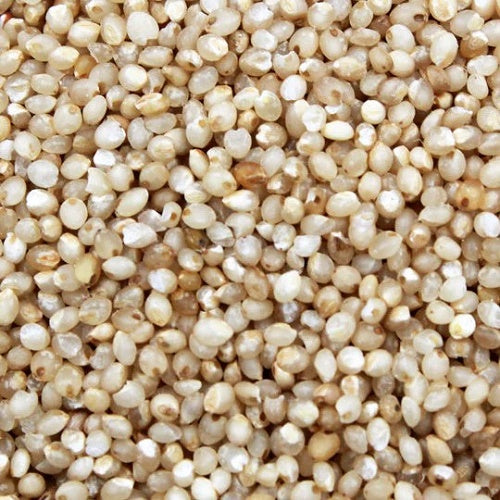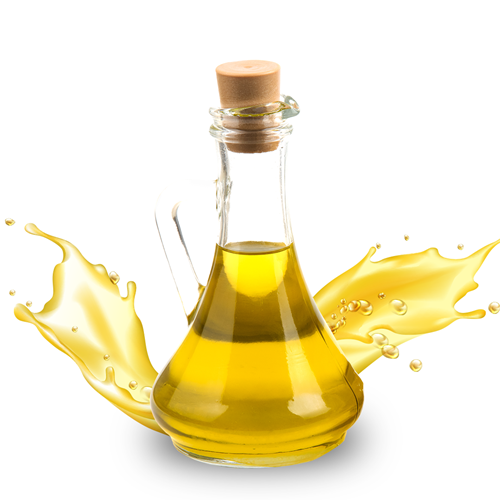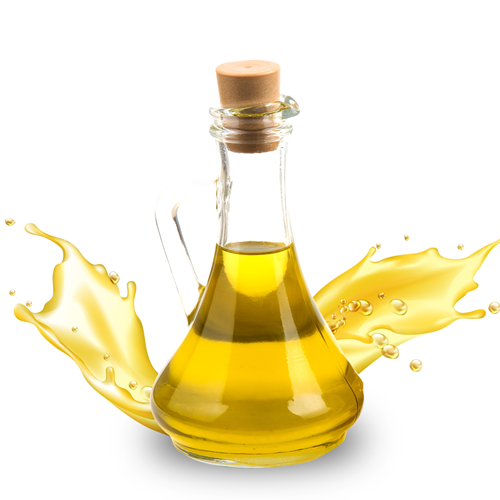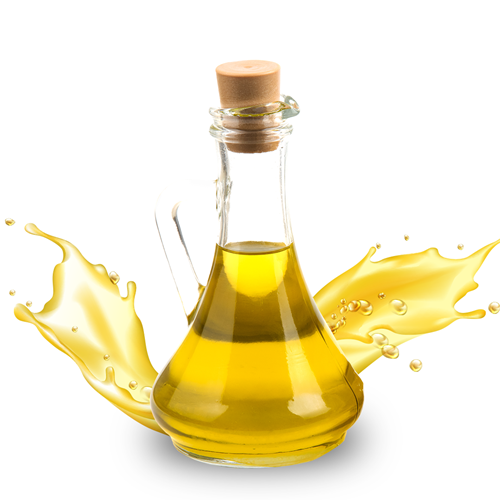Menu
Add description, images, menus and links to your mega menu
A column with no settings can be used as a spacer
Link to your collections, sales and even external links
Add up to five columns
Add description, images, menus and links to your mega menu
A column with no settings can be used as a spacer
Link to your collections, sales and even external links
Add up to five columns
LOOKING FOR BULK INGREDIENTS PRICING?

Benefits of Little Millet Seeds - Wholesale B2B Bulk Suppliers in USA
Little Millet Seeds: A Nutritious Ancient Grain for Modern Lifestyles
Little Millet Seeds, a time-honored grain native to India, are gaining renewed attention for their impressive nutritional profile and adaptability in daily cooking. As people turn toward healthier, more sustainable food options, Little Millet stands out as a gluten-free, fiber-rich, and easy-to-digest grain perfect for all age groups.
Botanical Profile
-
Botanical Name: Panicum sumatrense
-
Family: Poaceae
-
Plant Part Used: Seeds (grains)
-
Color: Creamy white to light yellow
-
Common Names: Little Millet, Kutki (Hindi), Samai (Tamil), Sama (Telugu), Saame (Kannada), Chama (Malayalam)
Nutritional Highlights
Little Millet Seeds are packed with protein, dietary fiber, iron, magnesium, phosphorus, and B vitamins. Their low glycemic index and gluten-free nature make them ideal for diabetics and those with gluten intolerance.
Health Benefits of Little Millet Seeds
-
Supports Blood Sugar Management
Thanks to its complex carbohydrates and low glycemic load, Little Millet helps in controlling blood glucose levels, making it a safe choice for individuals with diabetes. -
Promotes Weight Loss
The high fiber content promotes satiety and aids digestion, helping reduce overeating and supporting weight management efforts. -
Boosts Digestive Health
Its rich fiber helps regulate bowel movements and improves gut health, reducing issues like constipation and bloating. -
Enhances Heart Health
Magnesium and antioxidants present in Little Millet support heart function by reducing bad cholesterol and improving circulation. -
Strengthens Bones
A good source of phosphorus and calcium, Little Millet contributes to stronger bones and helps prevent conditions like osteoporosis. -
Ideal for Gluten-Free Diets
Naturally gluten-free, this grain is a safe and nutritious alternative for those with celiac disease or gluten sensitivity.
Culinary Uses and Applications
-
Cooked like rice for main meals
-
Made into porridge, pulao, or khichdi
-
Used in upma, dosa, and idli batters
-
Ground into flour for baking or traditional Indian flatbreads
Preparation Tips
Soak Little Millet for about 30 minutes before cooking. Use 2–2.5 cups of water for every cup of millet. Cook until tender, typically within 15–20 minutes. It can be seamlessly substituted in recipes that call for rice or semolina.
Precautions
Little Millet is safe for regular consumption. However, as with any single food source, over-dependence should be avoided. A balanced diet with diverse grains ensures optimal nutrition.
Final Thoughts
Little Millet Seeds are an excellent addition to a balanced diet—nutrient-dense, gluten-free, and versatile in the kitchen. Their ability to support digestive health, blood sugar control, and weight loss makes them an ideal grain for modern, health-focused lifestyles. Whether you're looking for a rice substitute or a wholesome grain to add to your meals, Little Millet is a small seed with big benefits.
For bulk orders and inquiries, visit Reveda - Little Millet Seeds
BUY ONLINE IN USA FROM REVEDA - The leading manufacturer B2B Bulk Wholesale Supplier of Little Millet Seeds in USA.
Also in Reveda: Health & Wellness

Benifits Of Omega-3 Fish Oil EE - 460 MG/G EPA & 180 MG/G DHA - Wholesale B2B Bulk Suppliers in USA
Read More
SUBSCRIBE NOW ...
Don't miss to get latest updates on sales, new releases and promotions

